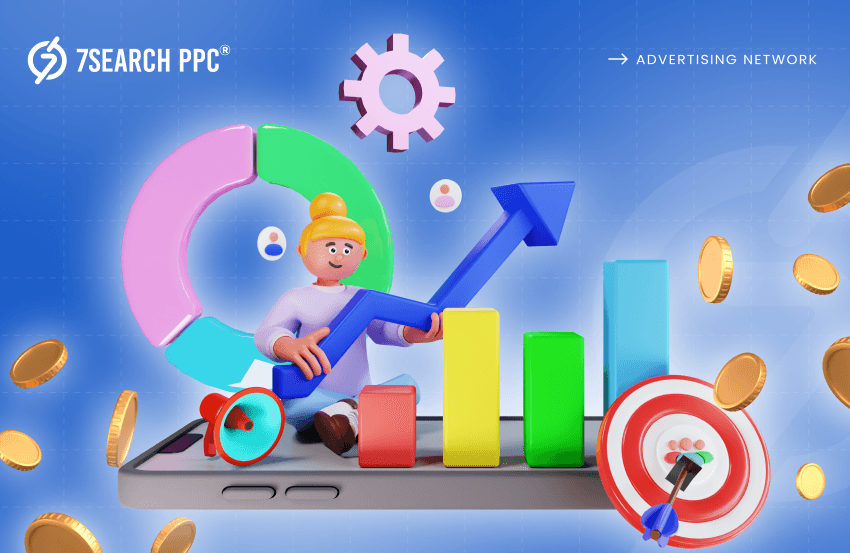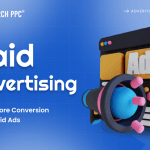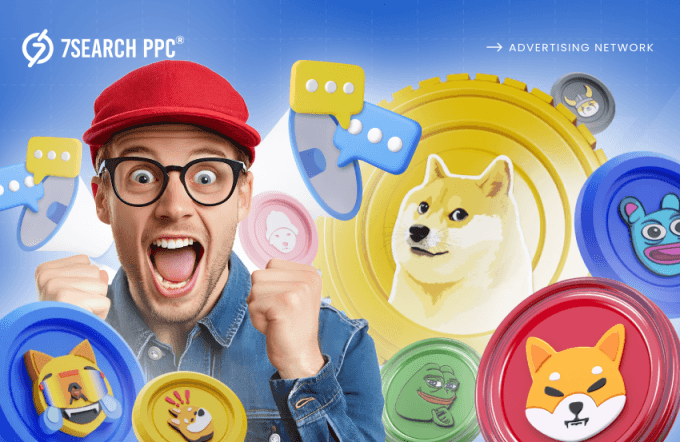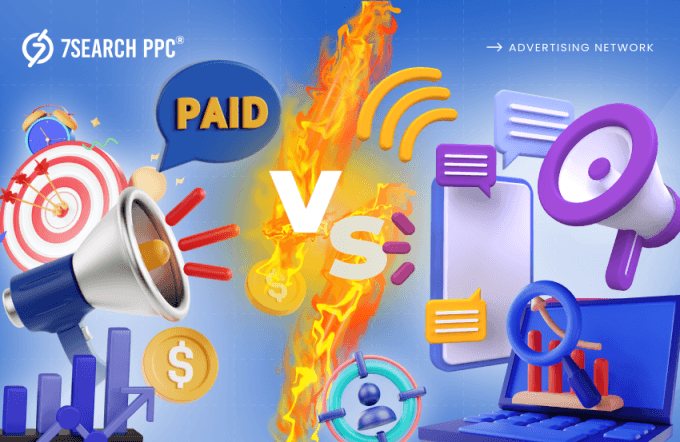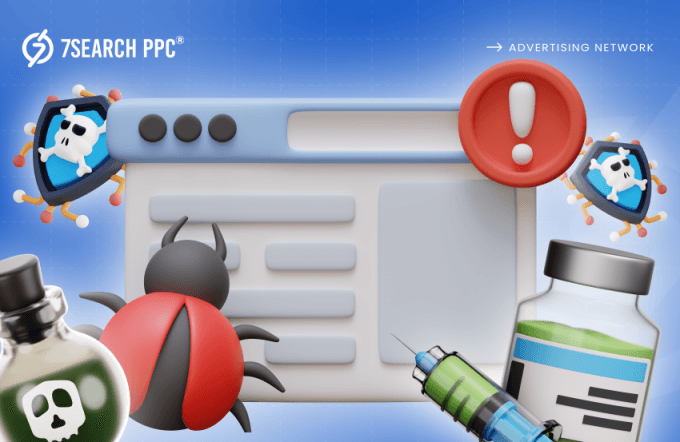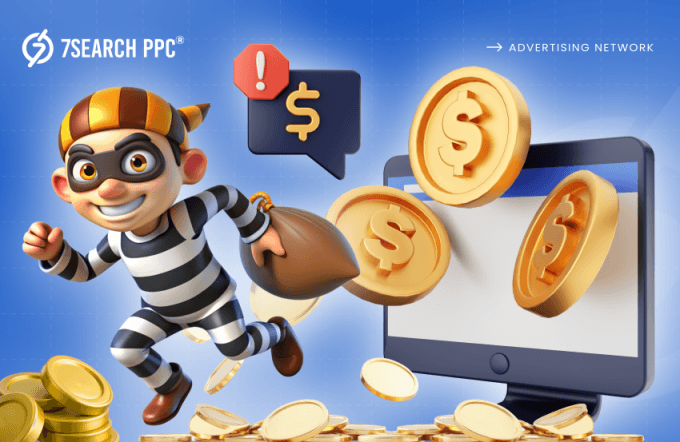Once upon a time, traditional advertising was extensively used in almost every vertical. Businesses have used these strategies to gain the attention of their audience and increase sales. However, they did not get the desired results from the traditional forms of advertising.
They were frustrated by three main issues: delayed results, overspending, and untargeted advertising. These issues became the biggest hurdles that prevented them from gaining what they actually deserved from their advertising efforts. Digital advertising platforms make their presence to address these challenges and revolutionize advertising effectiveness.
Online advertising platforms are rising as the one-stop solution for businesses looking to achieve their advertising objectives quickly and within their budget. These platforms spark hope for advertisers who have lost confidence in traditional methods.
In this blog, we will explore the value of digital advertising platforms and how they can benefit your business. Ready? Let’s feel the power of digital advertising together!
Digital Advertising Platforms: A Comprehensive Overview
If we asked you where you would promote your product through online ads, what would come to mind first? You would likely choose the spot where your audience spends the most time, right? On average, people spend about 6.5 hours online each day. This duration varies across age groups, but overall, it reflects significant internet engagement. Here, you need a set of nets called digital advertising platforms to catch them. Let’s understand what these platforms are.
Online advertising platforms serve as online marketplaces that connect advertisers with potential customers. They enable businesses to target ideal audiences with online ads, reaching them on websites, apps, and search engines. Acting as a valuable jointer, these platforms provide advertisers access to a wide network of publishers ( website and app owners) who are willing to display ads for a fee. Some major digital advertising platforms are:
- 7Search PPC
- Google Ads
- Social Media Platforms (Meta Ads, X Ads)
Each advertising platform or ad network provides various targeting options and ad formats. They also give businesses full freedom so that they can choose the best one for their needs.
Imaginary Examples of Using Digital Advertising Platforms
The best way to comprehend any topic is to relate it to examples, whether real or imaginary. We are using imaginary examples to provide a clearer understanding of digital advertising platforms. Suppose two individual brands, one in the finance vertical and the other in the dating vertical, are looking to promote their businesses through online advertising platforms.
The Finance advertiser chose our advertising network, 7Search PPC. While the dating advertiser chose Instagram ads for their grand promotion.
The Finance Advertiser:
- Brand: “FinanceX,” a new online investment platform known for its low fees and user-friendly interface.
- Platform: 7Search PPC (leader in pay-per-click advertising)
- Goal: Increase sign-ups for new investment accounts.
- Targeting: FinanceX utilizes 7Search PPC’s advanced targeting options to reach users.
- GEOs- This finance company targets the most appropriate GEOs based on their in-depth research.
- Keywords– “Investment Options,” “Low-cost investing,” “beginner investing tips.”
- Devices– Laptop, Desktop, Tablet, Mobiles.
- Ad Format: FinanceX uses text ads. These ads are displayed at the topmost of search engine result pages (SERPs) when users enter relevant keywords.
- Ad Content: The ad copy highlights FinanceX’s unique selling points:
- Headline- “Invest Smarter, Not Harder.” Low fees, easy tools. Start with FinanceX.
- Description- “Open an investment account in minutes. No hidden fees, transparent pricing.”
- Call to Action- “Sign Up Now!” with a clear link to their website’s registration page.
- Tracking and Optimization: FinanceX tracks the performance of its online ad campaign using 7Search PPC’s analytics tools. They can see how many times their ad is displayed (impressions), how many times users click on the ad (clicks), and the conversions (clicks that lead to sign-ups). Based on this data, FinanceX can optimize its campaign:
- Refine their keyword targeting and budget to reach even more qualified leads.
- Adjust their ad copy and landing page to improve conversions.
The Dating Advertiser:
- Brand: “Hot Connections,” a dating app focused on building meaningful relationships beyond just swiping.
- Platform: Instagram Ads
- Goal: Increasing app downloads and user engagement.
- Targeting: Hot Connections target their ads towards a specific demographic:
- Age Group- 22-35 years old (prime demographic for dating apps).
- Interests– Users who follow accounts related to dating & relationships, travel, and social events.
- Location– Hot Connections target specific cities or regions where people aged between 22 and 35 live.
- Ad Format: Hot Connections uses short video ads showcasing real couples using the app and finding connections.
- Tracking and Optimization: Hot Connections uses Instagram Insights to monitor their ad campaigns:
- Impressions, clicks, and app downloads generated by the ads.
- They also analyze user engagement with the ads (Likes, Comments, Shares) to gauge their effectiveness.
- They can also see which ad formats and targeting options resonate best with their audience.
- Based on the data, they can tailor their future campaigns to achieve better results.
These imaginary examples showcase how different digital advertising platforms can simplify advertising efforts in ways traditional platforms can’t.
Pros Of Digital Advertising Platforms
Online advertising platforms offer several advantages for businesses looking to reach their target audiences effectively. Some of them are given below:
Audience Segmentation
With digital advertising platforms, you can specifically target your ideal customers, unlike traditional methods that have a scattered reach. For example, suppose you own a bakery outlet. You could display your ad to people who have recently searched for “fresh bread” or “birthday cakes.” By considering demographics, interests, and online behavior, you can focus on audiences who are more likely to make a purchase, thus getting the most out of your investment.
Measurable Results and Optimization
When you walk on the street, you might see many banners hanging on big poles and holdings of various businesses, but have you ever noticed how they measure the effectiveness of the ad? It’s all a guessing game using traditional methods.
The days of guessing about ad effectiveness are gone. Digital advertising platforms now offer detailed analytics that tracks impressions, clicks, website visits, and conversions. This allows you to see exactly what’s working and what’s not. Coupler.io, for example, simplifies digital advertising and PPC management by automatically pulling your campaign data from various platforms into one place. It streamlines data visualization with custom dashboards and automatic data refresh.
By analyzing this data, you can optimize your campaigns in real-time, fine-tuning your targeting and messaging for better results.
Cost Advantage Compared to Traditional Methods
Digital advertising platforms are often much more pocket-friendly than traditional ad methods such as television or print ads. You can set budgets that suit your needs and only pay when users engage with your ad, for example, by clicking on it. You can also pause your ad campaign whenever you want. This makes online advertising accessible to all sizes. It enables even startups to compete with larger companies.
Budget Control and Flexibility
If you invest your hard-earned money in advertising, you deserve the desired results from your ad campaigns. Traditional methods don’t allow you to edit your ongoing ad campaigns. The only flexibility you get is to exceed your budget. We believe that’s totally unfair to advertisers because not all ad campaigns guarantee results on the first attempt; some need modification while they’re live.
Digital advertising platforms are different from traditional media because they provide flexibility. You can set daily or campaign budgets and change them based on performance. If you need to pause a campaign due to an unexpected event, you can easily do so (which we have already discussed).
This flexibility allows you to reshape your strategy quickly and make sure you’re not wasting money on online ads that are not delivering results.
Powerful, Interactive, and Engaging Ad Formats for Increase Audience Engagement
All the advertising efforts are considered to be pointless if you can’t convey your brand’s message to your ideal audience successfully, but most importantly, in an engaging manner. Digital advertising platforms offer various ad formats, such as video, interactive ads, native ads, etc.
These formats allow you to present your brand and products in engaging ways that appeal to your target audience. You can create compelling narratives that grab attention and prompt user action.
How do Digital Advertising Platforms Operate?
Online advertising platforms streamline the ad process by connecting advertisers with publishers with ad space on their websites or apps. Here is a breakdown of how they operate:
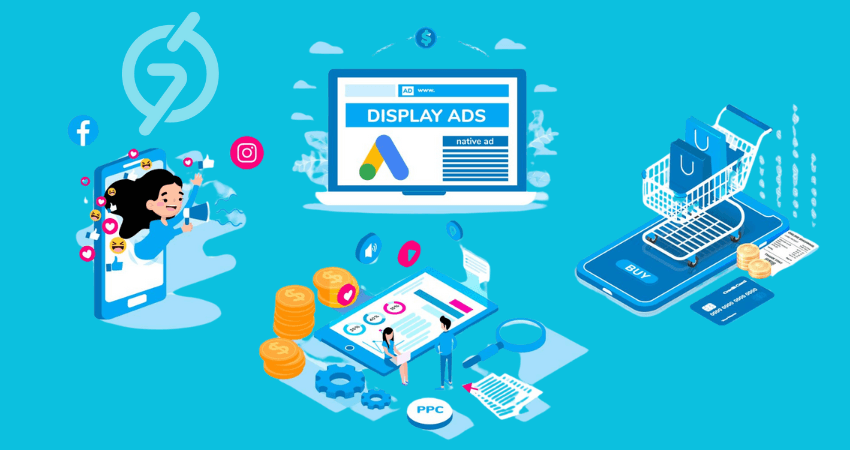
- Advertisers Set Up Their Campaigns: Advertisers choose a platform (like 7Search PPC or Google Ads) and define their goals (brand awareness, website traffic, leads, etc). They create ad campaigns and set a budget and targeting criteria (who sees the ads).
- Choosing Pricing Models and Take Part in Bidding: The next step is the bidding process, where advertisers choose a pricing strategy {e.g., cost-per-click (CPC), cost-per-mille (CPM), or cost-per-action (CPA)} and set their bids (manual or automated) for ad placements.
- Publisher Integration: Publishers integrate with the platform by providing access to their ad inventory (available ad spaces) on their websites or apps. They implement ad tags provided by the platform to display ads.
- Ad Delivery: The platform uses complex algorithms to match the right online ad with the right user at the ideal time. Factors like user data, browsing history, and real-time bidding determine which ad gets shown.
- Performance Tracking: Digital advertising platforms track how the ads perform (clicks, views, conversions). Advertisers can monitor and optimize their ad campaigns based on this data to improve effectiveness.
- Payment and Revenue Sharing: Advertisers are billed based on their chosen payment model (e.g., CPC, CPM, CPA) and the actual performance of their ads. The platform then shares a portion of the revenue with the publisher who displayed the ad.
Many digital advertising platforms take a proactive approach. They review ads before they are displayed to ensure compliance with policies and maintain a high-quality standard. This prevents the spread of malicious or inappropriate content.
“7Search PPC utilizes advanced tools to detect and control ad fraud, such as click fraud and impression fraud, to protect advertiser’s investment.”
How to Choose the Right Digital Advertising Platforms: Key Considerations
We believe you’re convinced that digital advertising platforms are much better than traditional ones. Now, you are going to prepare yourself to find the right advertising platform for you. Wait! Choosing appropriate digital advertising platforms is crucial for a successful online advertising campaign. Here are some key considerations to guide your selection:
Why Do You Want to Advertise? Find Answer
Different platforms excel at different types of advertising goals. You need to find the answer first before you go through the journey of finding the best digital advertising platform for your business. You should ask yourself why you need advertising. Are you looking to create a good brand image in the market (brand awareness) or generate more quality leads? Increasing sales might also make its place in your question list. When you find the answer, you can easily filter the digital advertising platforms that can not find the perfect match with your advertising goals.
Know Every Detail About Your Audience (Interests, Online Behavior, Devices and More)
The next thing you have to do is understand your products and services and see which audience will be the best fit for your offerings. Suppose you own a toy business, then obviously, your ideal customers are small kids and their parents or caregivers.
This type of knowledge will help you select a platform that offers targeting options that are aligned with your audience.
What Is Your Advertising Budget? Consider It Before It’s Too Late!
Every budget has its limit. However, advertisers can stretch their budgets up to the point where they achieve optimal results without overspending. Digital advertising platforms provide different pricing models, such as:
- Cost-per-Click (CPC)
- Cost-per-Action (CPA)
- Cost-per-Mille (CPM)
You must clearly understand your budget limits. Some platforms may have minimum spending requirements, while others offer more flexibility. Look for available options that fit your budget without sacrificing reach or effectiveness.
Test the Strength of Different Platforms
You can’t judge the strength of any particular digital advertising platform without testing and comparing its results. You can begin with a small budget to test the strength of various platforms. Use each platform’s analytics tools to closely monitor the performance of your online ad campaigns. This data-driven approach will help you determine which platform provides the best results for your advertising goals.
Ad Formats and Scalability
Digital advertising platforms offer various ad formats, including text ads, banner ads, video ads, and native ads. Choose ad formats that match your audience and creative content. Not every format fits all ads, so ensure compatibility for effective messaging.
Consider your growth plans while choosing the advertising platform. Select an ad platform that can grow with your advertising needs. Some platforms are great for small, local campaigns, while others handle large, global efforts. Pick a platform that takes care of your future advertising needs, avoiding the need for a full switch.
Switch at the Right Time!
If you are not getting the results you want from the digital advertising platform, then without delay, you must go with another ad network or advertising platform. This alertness can turn into valuable opportunities for your campaign’s success.
Conclusion
Digital advertising platforms offer a powerful and targeted approach to reach your ideal customers. They overcome the limitations of traditional advertising by providing measurable results, budget flexibility, and engaging ad formats. By keeping these tips in mind, you can pick the best platform for your ad goals. Don’t hesitate to try out different ad platforms and change them if needed. With a smart plan and the right platform, you can use digital ads effectively to boost your business.
Frequently Asked Questions (FAQs)
What is a digital advertising platform?
Ans. An online marketplace that connects businesses with potential customers. That’s what a digital advertising platform is! It helps businesses show online ads to their target audience on websites, apps, and search engines.
Why should I use a digital advertising platform?
Ans. There are many benefits! You can target specific customers, track your results, and make changes, and often, it’s cheaper than traditional advertising.
What are some examples of digital advertising platforms?
Ans. Some popular ones include 7Search PPC, Google Ads, and social media platforms, including Facebook Ads and Instagram Ads.
How do I choose the right ad platform for my business?
Ans. Consider your advertising goals (brand awareness, sales, etc.), your target audience, your budget, and the ad formats you want to use.
How much does it cost to advertise on online advertising platforms?
Ans. It depends on the platform and your bidding strategy. Some platforms charge you per click (CPC), per impression (CPM), or per action (CPA) on your ad.

